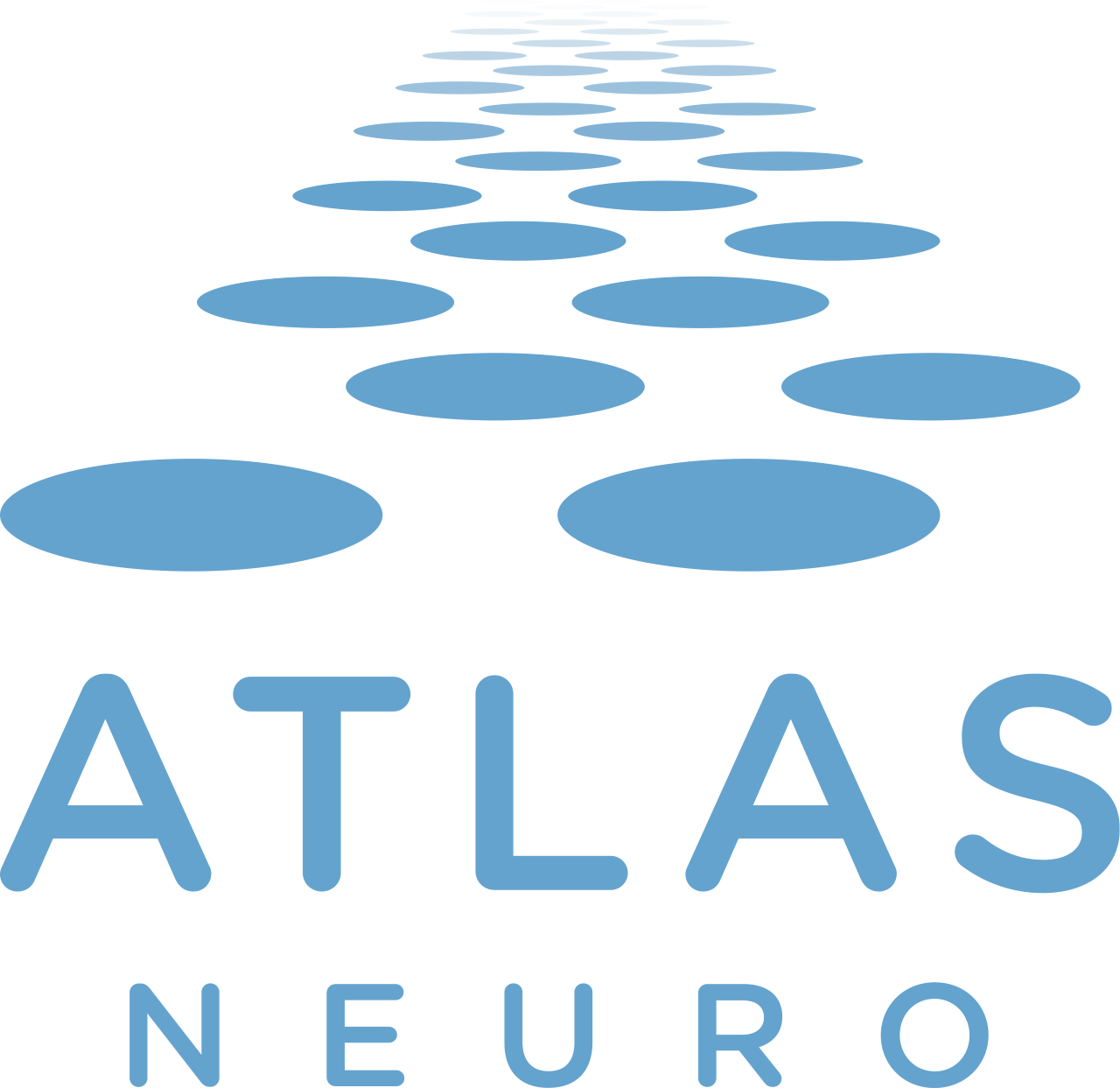Presentation (5) details
Neurosurgery Training Kit for Animal Models
Event: VIB Conferences – Neurotechnologies 2022 (Leuven, Belgium)
Author: Ivania Trepo
Summary: Animal models are often used to study specific human-related neurological brain disorders or to study specific neuronal networks and communication pathways within the brain. This form of translational neuroscience is fundamental to the comprehension of the several processes of biological structures and the physiology of diseases. This has made neuroscience a research field that heavily relies on in vivo animal experiments. However, some preliminary steps, such as training early-stage scientists, preparing new experimental setups, adjusting the stereotaxic frame, and handling fragile probes can be conducted in biomimetic models. These phantom models would enable neuroscientists to better design and optimize the experiment, and do pilot arrangements on the setup before using a living animal.
In this work, we have developed 3D models obtained from MRI scans of living animals, tailored to this specific application. The materials used in these models mimic the physical properties of the skull and brain tissue, enabling an appropriate simulation of surgery steps, from a stable head fixation and craniotomy until electrode positioning and insertion to reach the targeted brain area.
In such manner, this neurosurgery training kit for animal models is aligned with the 3 R’s of the code for the care and use of animals for scientific purposes as defined by the animal ethics committees. By Replacing the animal model, at least at preparatory stages, Reducing ideally the number of animals, and Refining the study in such a way that all issues are troubleshooted beforehand, the researcher ensures the best possible conditions for the animals to be subjected to neurosurgical studies. The more researchers are able to train the surgery and prepare the experiment, the higher the probability of successful results, as well as increase the animal welfare.
















